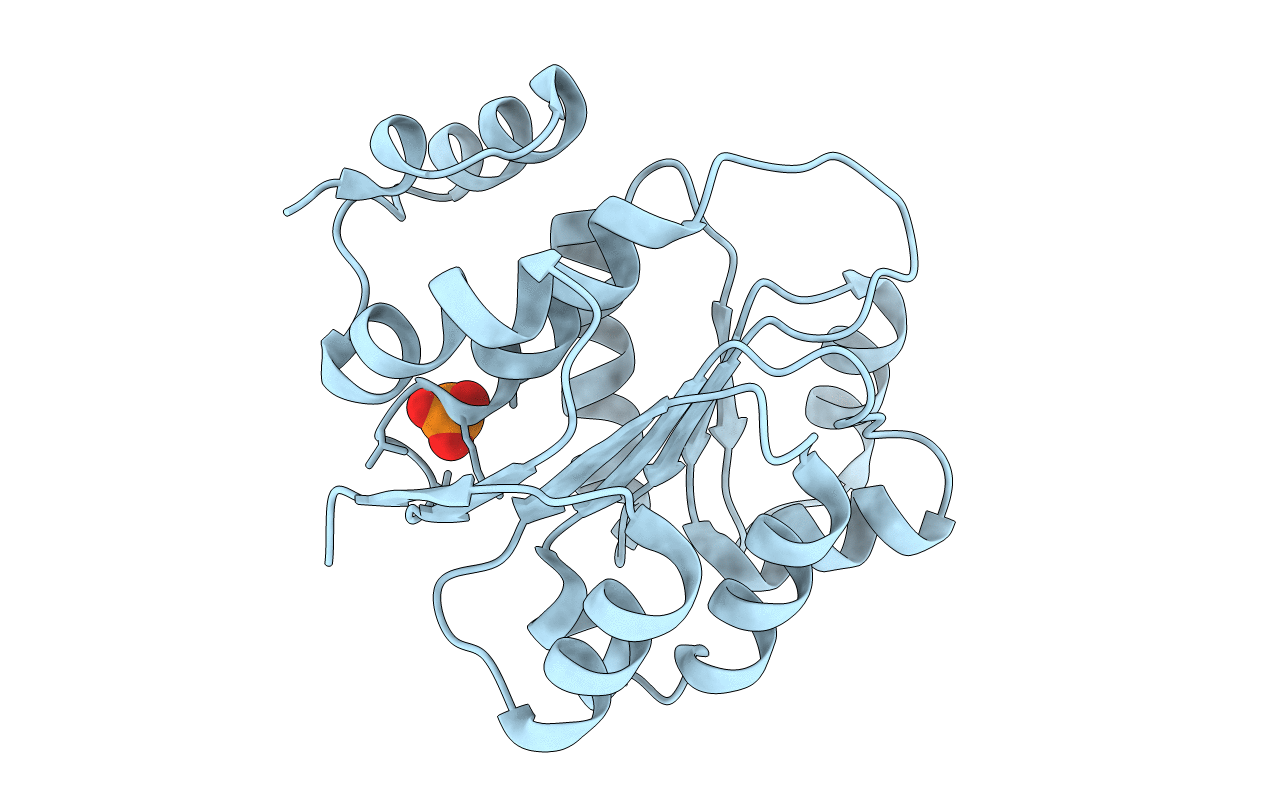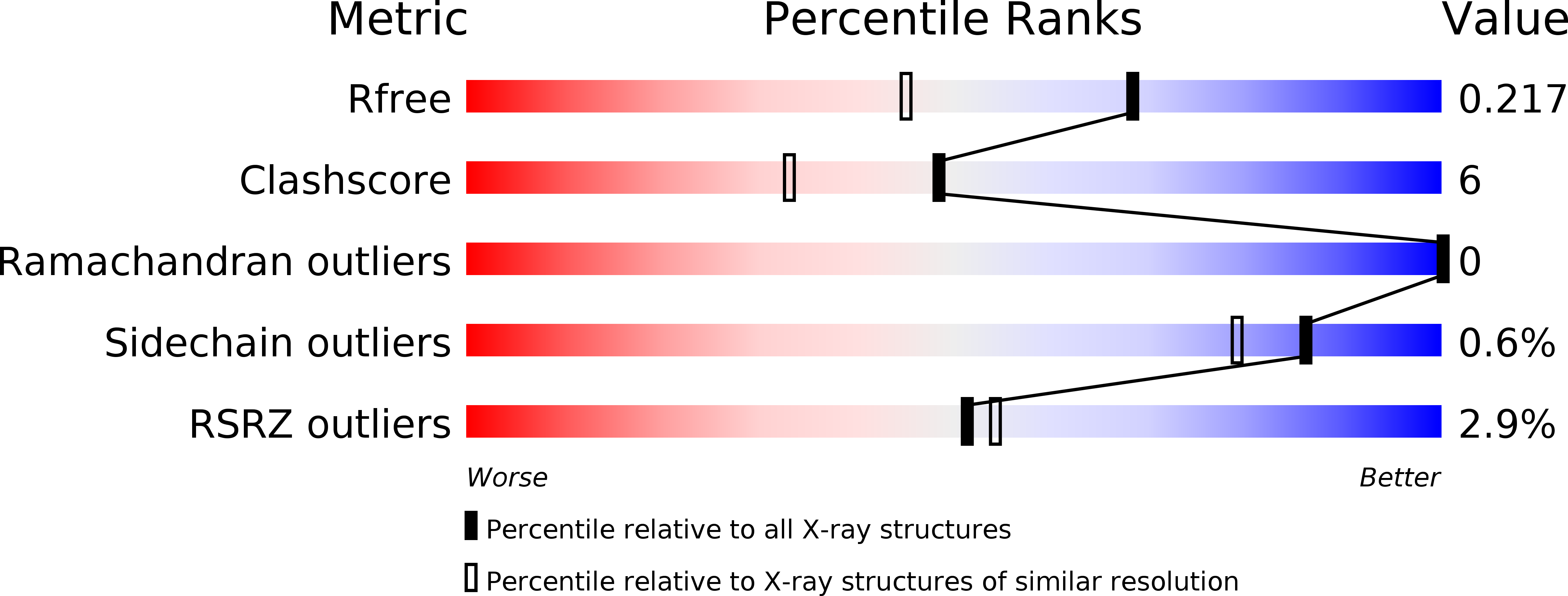
Deposition Date
2006-05-09
Release Date
2006-08-22
Last Version Date
2024-02-14
Entry Detail
PDB ID:
2GXU
Keywords:
Title:
HERA N-terminal domain in complex with orthophosphate, crystal form 1
Biological Source:
Source Organism:
Thermus thermophilus HB27 (Taxon ID: 262724)
Host Organism:
Method Details:
Experimental Method:
Resolution:
1.67 Å
R-Value Free:
0.20
R-Value Work:
0.16
R-Value Observed:
0.16
Space Group:
C 1 2 1


